
How the Lenape Nation fights to protect the Delaware River
The Lenape's efforts helped lead to a 2021 ban on fracking in the Delaware River Basin and prevented the building of a dam along the river in 2002.
Watch CBS News

David Schechter is a national environmental correspondent and the host of "On the Dot with David Schechter," a guided journey to explore how we're changing the earth and earth is changing us.
His work has been honored with a 2021 Alfred I. duPont-Columbia University Silver Baton for reporting about climate change. He's also a two-time winner of the national Murrow Award for documentary, three-time Scripps Howard National Journalism Award winner, recipient of the Walter Cronkite Award for Excellence in Political Reporting and a James Beard Award Finalist.

The Lenape's efforts helped lead to a 2021 ban on fracking in the Delaware River Basin and prevented the building of a dam along the river in 2002.
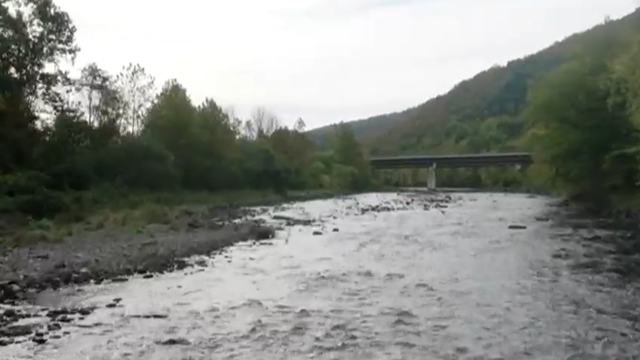
As climate change warms rivers, the fishing industry is increasingly threatened. One nonprofit shows how it's helping to save the fishing-tourism economy.
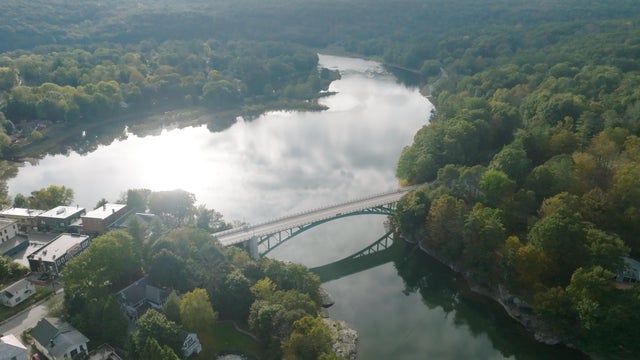
America's rivers and streams are under threat from pollution, development and climate change. A CBS News team spent a week traveling down the Delaware River for a closer look at the impact.
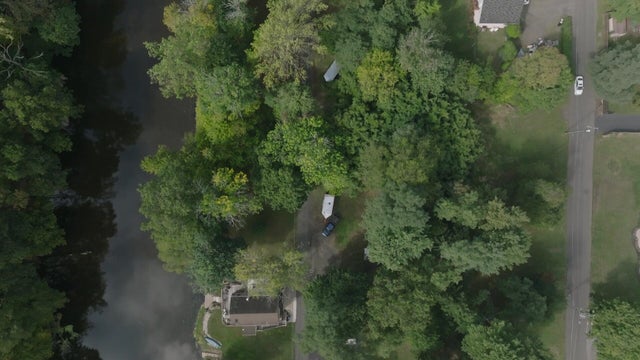
Americans living in floodplains may be offered buyouts, but they don't always take them.
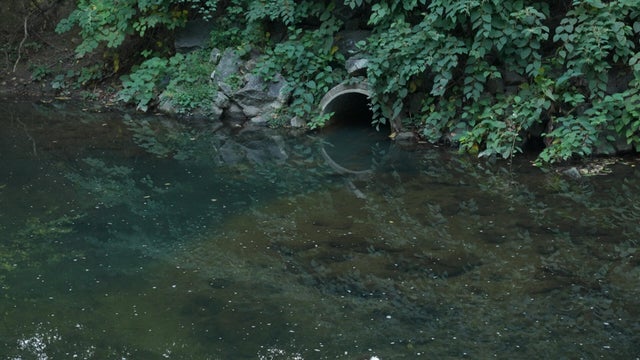
A major issue facing U.S. rivers is contamination by sewage and other forms of pollution, but some communities are impacted more than others.

Critics say some of the messages in these ads leave the impression that oil and gas companies are part of the solution to climate change — instead of the problem.

Sugar maple habitats appear to be shifting northward due to climate change. Maine maple syrup producers are working to adapt.
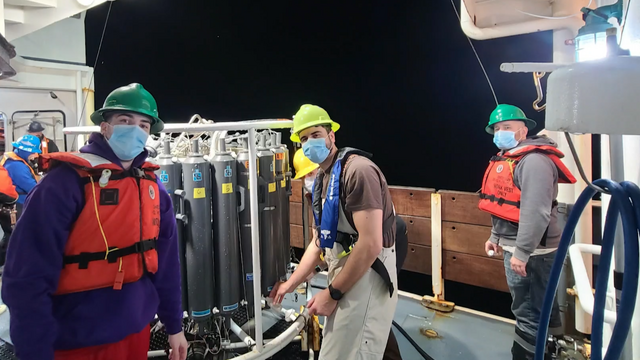
By coincidence, a research ship pulled up to Los Angeles as the deadly wildfires were burning thousands of homes, incinerating plastic, paint, asbestos and car batteries.
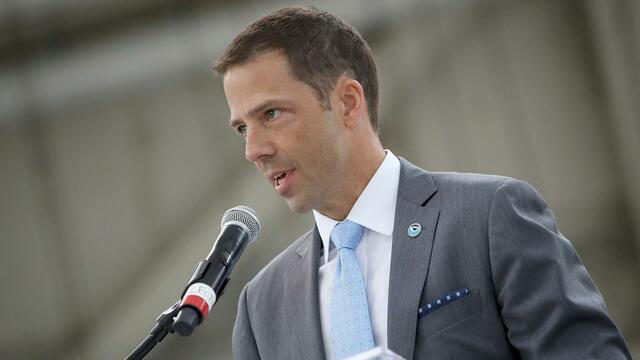
Craig McLean said many scientists "are worried about President Donald Trump's return to office — after he undermined science in his first term."

In L.A., where the historic Palisades and Eaton Fires continue to burn, a Passive House was the only house still standing in its neighborhood.
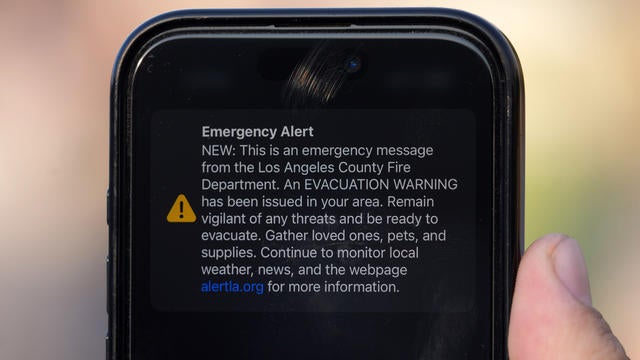
Genasys, the company behind Los Angeles' emergency alert technology, said it has "not been able to replicate" an error that sent inaccurate information to millions.

In the U.S., the biggest polluters are often concentrated in underserved, mostly minority communities.

A CBS News investigation tracked plastic cups from Starbucks recycling bins to landfills and incinerators across the country.
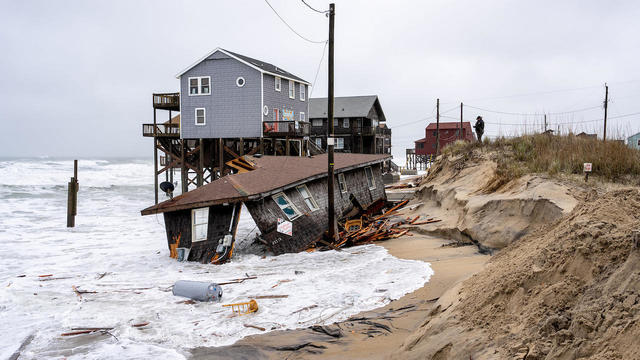
In the last four years, the Atlantic Ocean has toppled 10 homes on Hatteras Island. Residents are grappling with an unknown future.
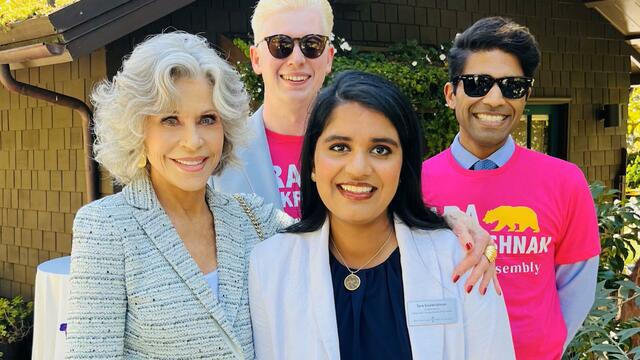
Jane Fonda is going door-to-door to help local candidates win their races.